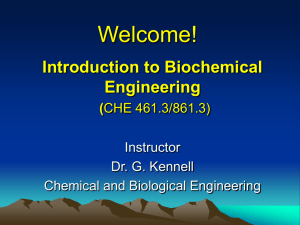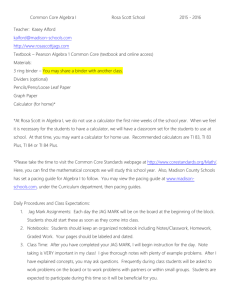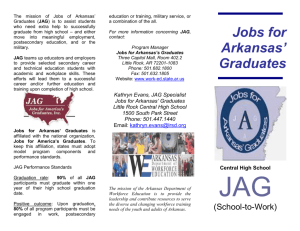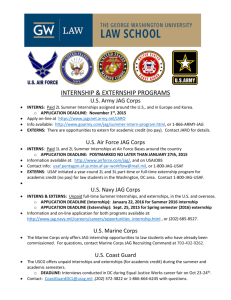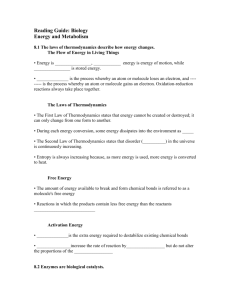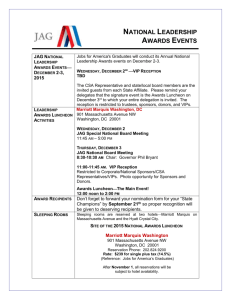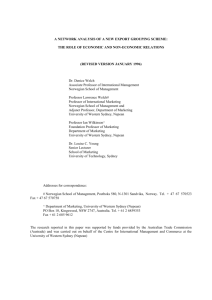YlO9dpL5m08T
advertisement
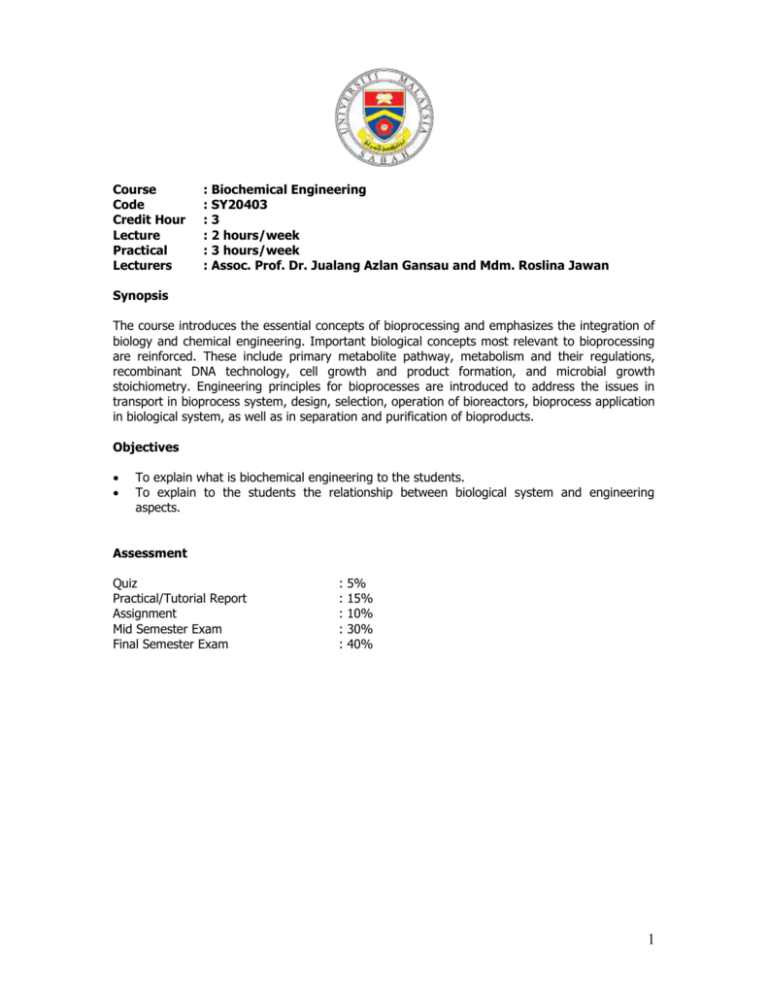
Course Code Credit Hour Lecture Practical Lecturers : Biochemical Engineering : SY20403 :3 : 2 hours/week : 3 hours/week : Assoc. Prof. Dr. Jualang Azlan Gansau and Mdm. Roslina Jawan Synopsis The course introduces the essential concepts of bioprocessing and emphasizes the integration of biology and chemical engineering. Important biological concepts most relevant to bioprocessing are reinforced. These include primary metabolite pathway, metabolism and their regulations, recombinant DNA technology, cell growth and product formation, and microbial growth stoichiometry. Engineering principles for bioprocesses are introduced to address the issues in transport in bioprocess system, design, selection, operation of bioreactors, bioprocess application in biological system, as well as in separation and purification of bioproducts. Objectives To explain what is biochemical engineering to the students. To explain to the students the relationship between biological system and engineering aspects. Assessment Quiz Practical/Tutorial Report Assignment Mid Semester Exam Final Semester Exam : : : : : 5% 15% 10% 30% 40% 1 Course Content Week 1 2 3 4 5 Scope of Lecture Introduction to Bioprocess Fundamentals Historical developments of bioprocessing technology Overview of traditional and modern applications of biotechnology Interdisciplinary approach to bioprocessing Outlines of integrated bioprocess Unit Operation in Bioprocess Overview of Microbiology Historic background Microscopy Microbial taxonomy Chemical composition Nutritional requirements Metabolism Prokaryotic cell Eukaryotic cell Viruses Fungi Algae Protozoa Importance of microbiology Introduction to Biochemistry Lipids Proteins Carbohydrates Nucleic acids Vitamins Metabolism of Cell What is metabolism Free energy Metabolism of glucose Metabolism of nitrogen compounds Function of cell Need of molecular biology Central dogma of molecular biology DNA replication: Cellular information preservation and propagation Protein synthesis Metabolic pathway control Transport of molecules across cellular membranes Enzymes History of enzymes Classification of enzymes Enzymes as biological catalysts Enzyme specificity Immobilization of enzymes Industrial application of enzymes Kinetics of Enzymatic Reactions Chemical kinetics Enzyme kinetics Non-Michaelis-Menten kinetics Remarks JAG JAG JAG JAG (Quiz) JAG 2 6 7 8 9 10 11 12 13 14 Enzyme deactivation Bisubstrate reactions Supported enzymes Stoichiometry of Microbial Growth and Product Formation Introduction Some other definitions Stoichiometry calculations Theoretical predictions of yield coefficients Kinetics of Microbial and Biochemical Reactors Phases of cell growth Kinetic models for cell growth Growth of filamentous organism Substrate and product inhibition on cell growth Structured models Design equation based on biochemical reaction Kinetics of Homogenous Reactions and Enzymes Searching for metabolism Batch reactor data analysis MID SEMESTER BREAK Ideal Reactors Design if ideal reactors Single reactor Multiple reactor Multiple Reactions Parallel reactions Series reactions Series-parallel reactions Non-isothermal reactions Design principles Non-Ideal Flow Reasons for non-ideality RTD studies Diagnosis of ills of flow reactors Modeling of non-ideal behavior Rheology and Mixing in Fermentation Broths Nature of fluids and their classification Boundary layer concept Flow through pipes Newtonian and non-newtonian fluids Evaluation of rheological data Mixing in fermentation broths Power required for mixing Mass transfer in Bioprocessing Operations Mass transfer by diffusion Theories of diffusional mass transfer Mass transfer by convection Oxygen transfer methodology in fermenters Factors affecting oxygen transfer rate Heterogeneous Reaction Systems Mass transfer considerations Intra-particle diffusion and reaction rate Effectiveness factor and thiele modulus JAG JAG (Quiz) RJ RJ RJ (Quiz) RJ RJ RJ 3 Observable thiele modulus Bioreactor selection criteria 15 Product Recovery (briefly) Removal of suspended solids Filtration Sedimentation Centrifugation Cell discruption Extraction Membrane separation Chromatography Crystallisation Drying Design and Analysis of Bioreactors (briefly) Stability and analysis of bioreactors Application of design to continuous sterilizers Design and operation of bioreactors Bioreactor for plant and animal cells Scale-up of bioreactors Some criteria for selection of bioreactors 16 17 Applications to Nonconventional Biological Systems Bioprocess considerations in using animal cell culture Bioprocess considerations in using plant cell culture Utilizing genetically engineered organisms Medical applications of bioprocess engineering Mixed cultures STUDY WEEK FINAL EXAM RJ Practical Class Practical 1 2 3 4 5 Practical Topic Aseptic culture techniques Preparation of media and growth of bacteria Yogurt fermentation with mixed culture Streptococcus Cell immobilized bioreactor Introduction to bioreactor of Lactobacillus and Remark RJ/JAG RJ/JAG RJ/JAG RJ/JAG RJ/JAG References 1. Baileys, J.E. and Ollis, D.F. 1986. Biochemical Engineering Fundamentals (2nd). McGraw-Hill Inc. Singapore. 2. Doble, M. and Gummadi, S.N. 2007. Biochemical Engineering. Prentice-Hall of India Private Limited. New Delhi. 3. Shuler, M.L and Kargi, F. 2002. Bioprocess Engineering: Basic Concept. Prentice Hall PTR, NJ, USA. 4. Rao, D.G. 2007. Introduction to Biochemical Engineering. Tata McGraw-Hill Publising Company Limited. New Delhi. 4
